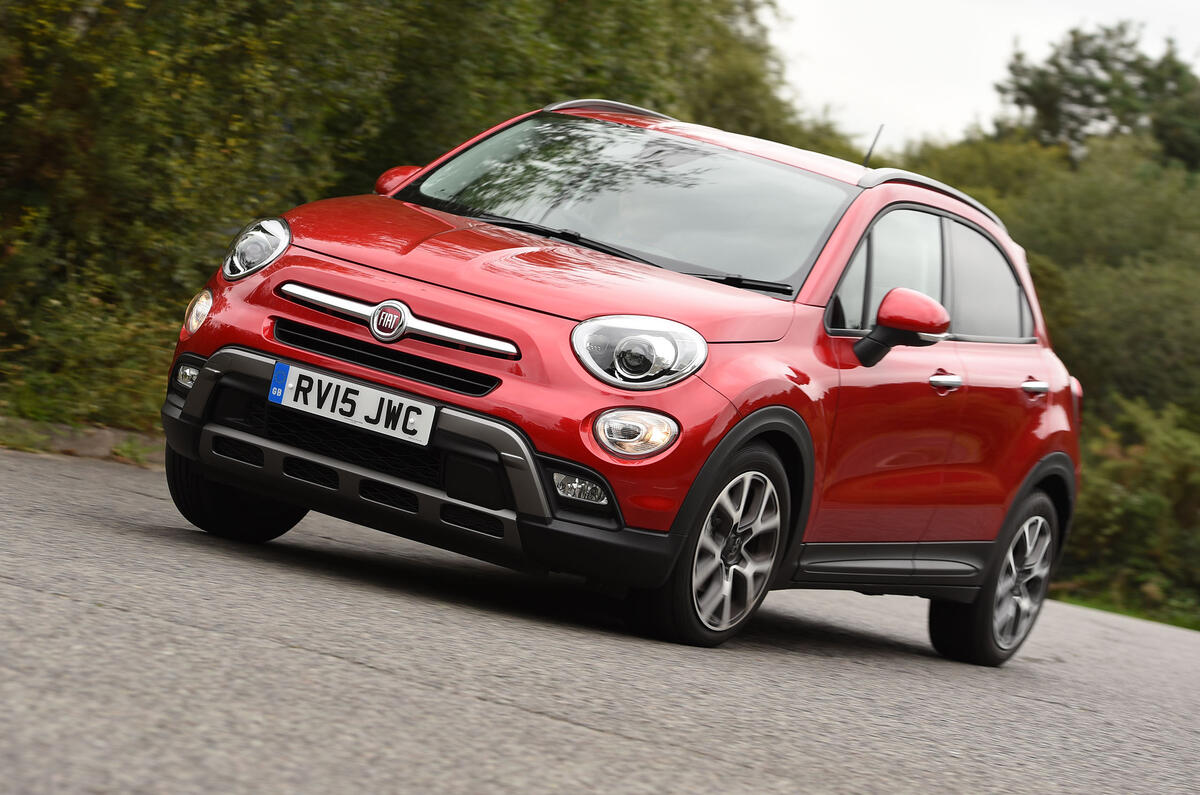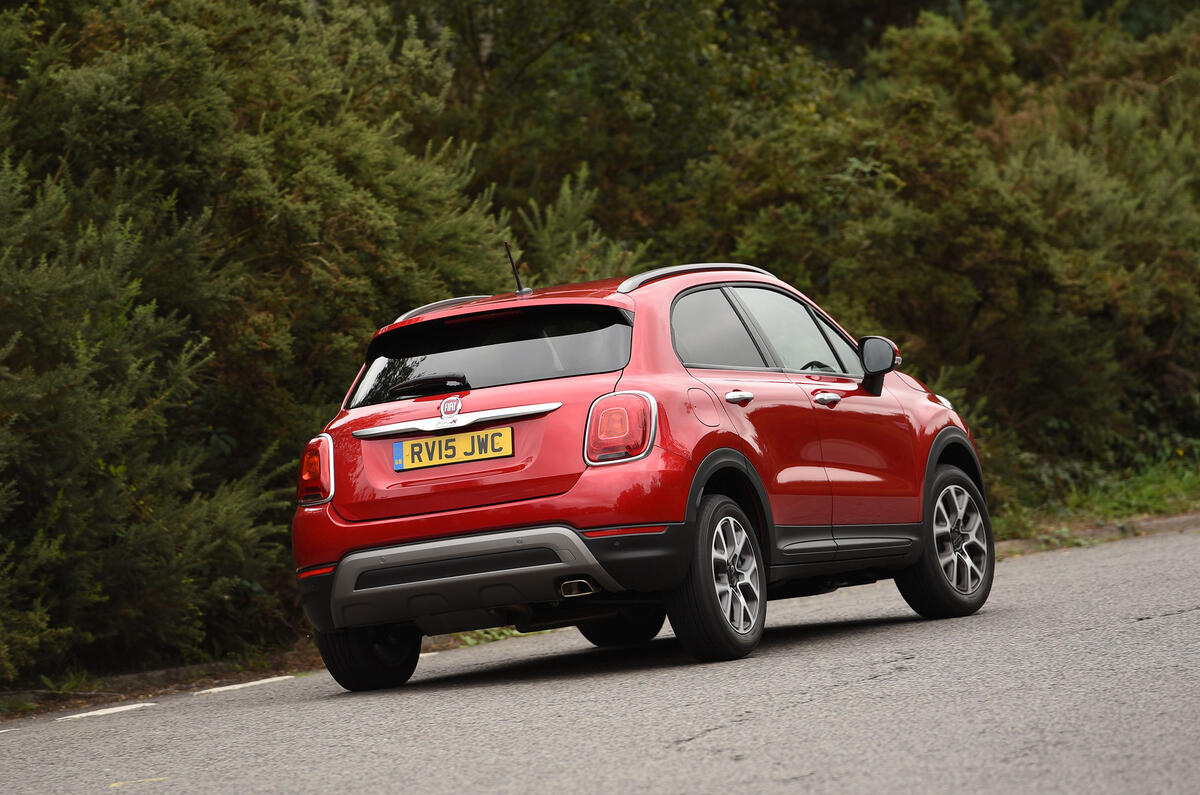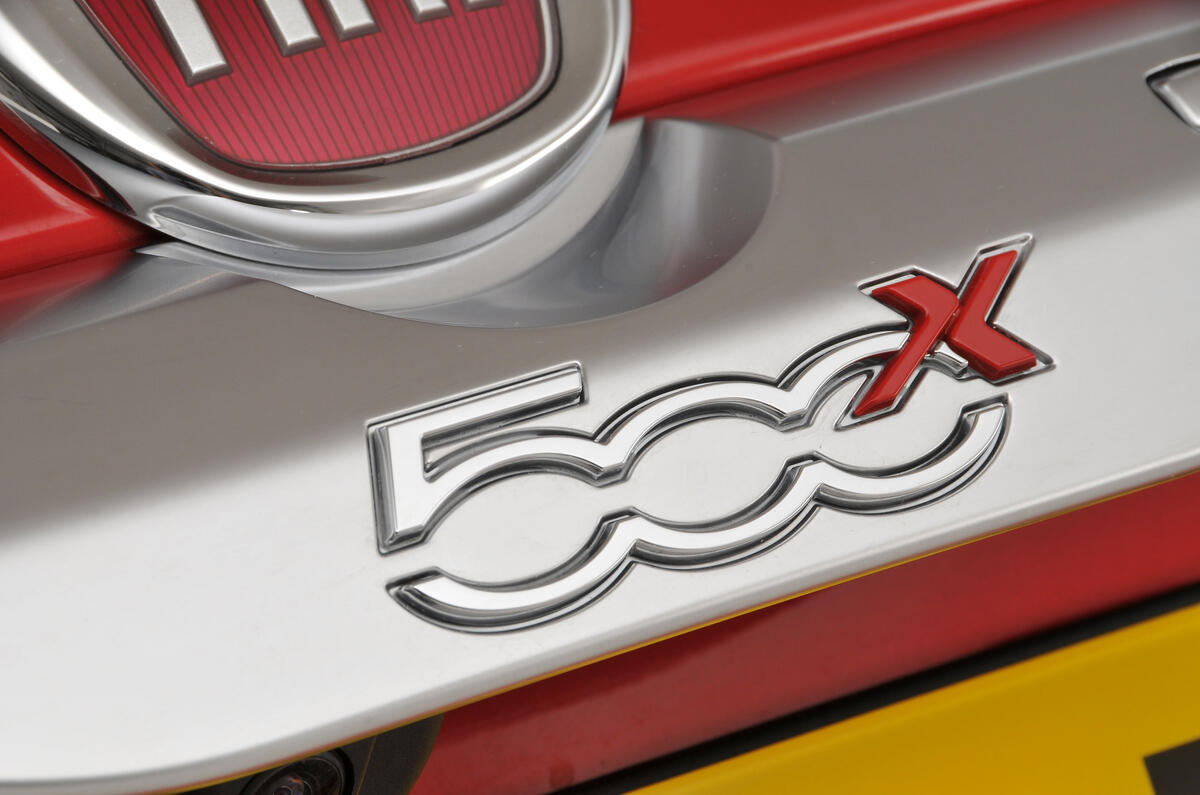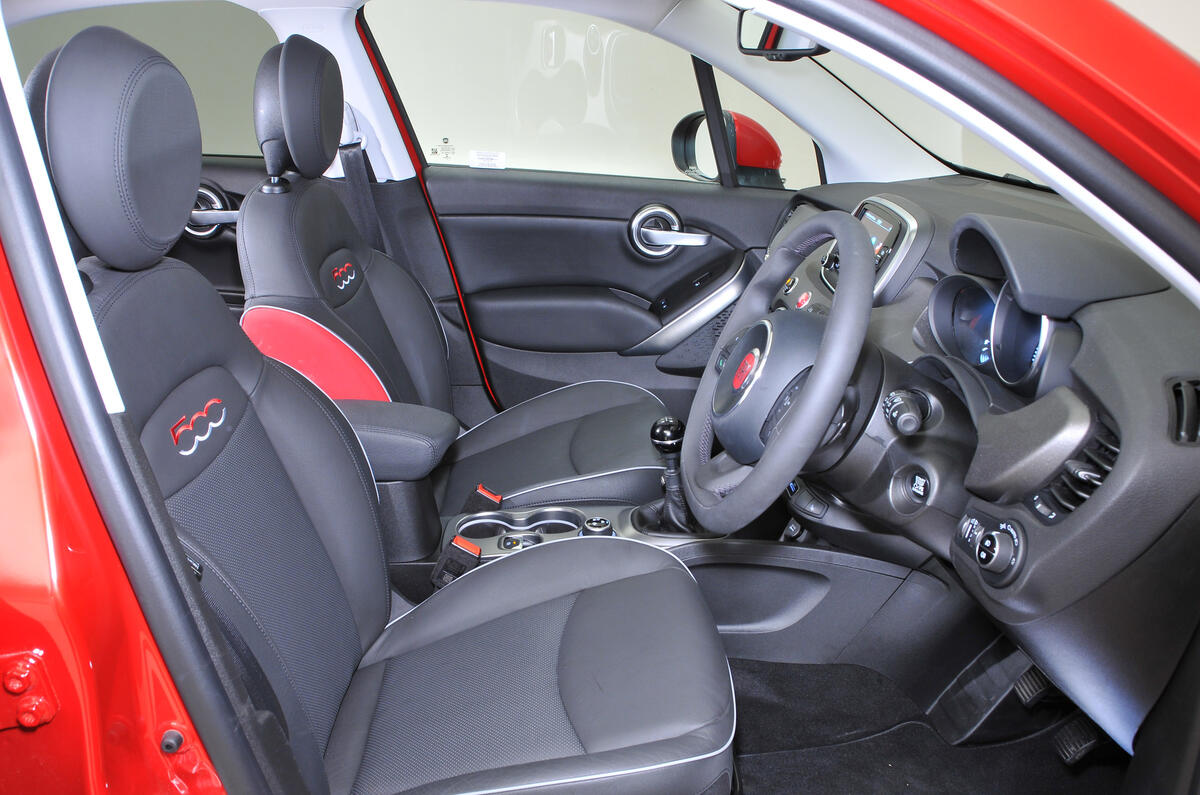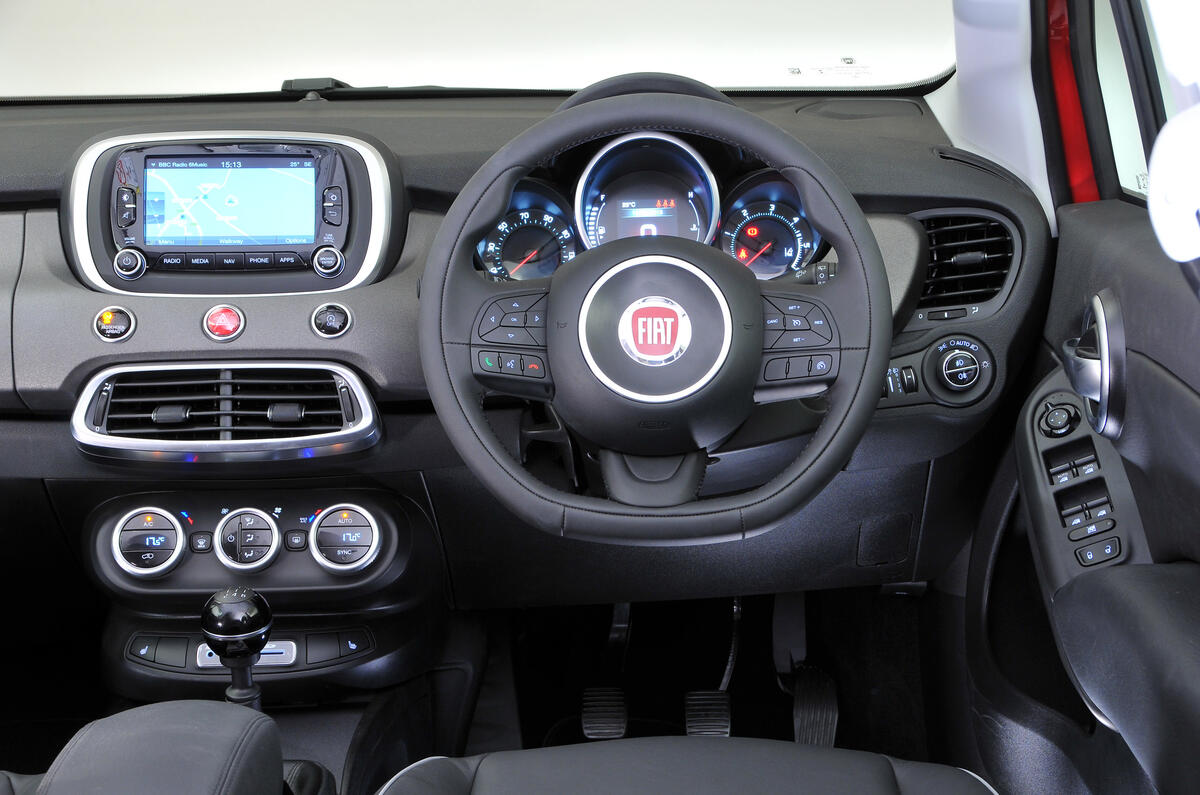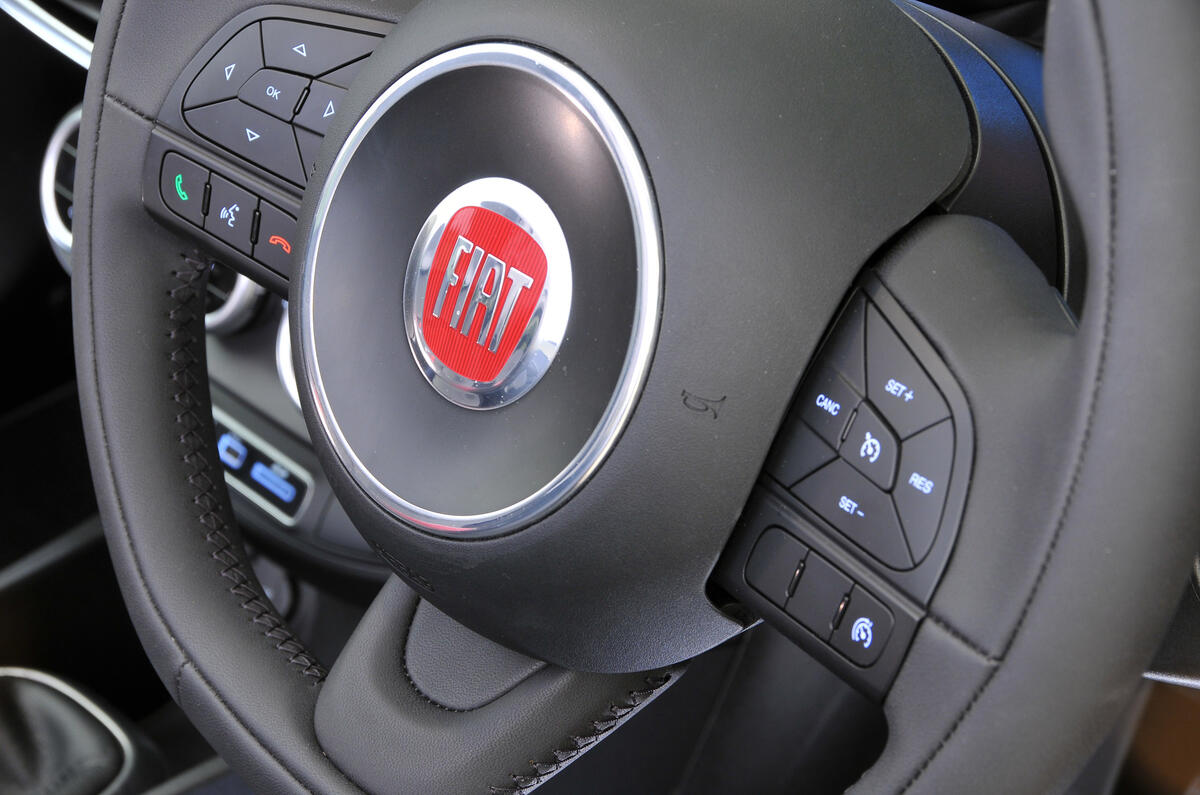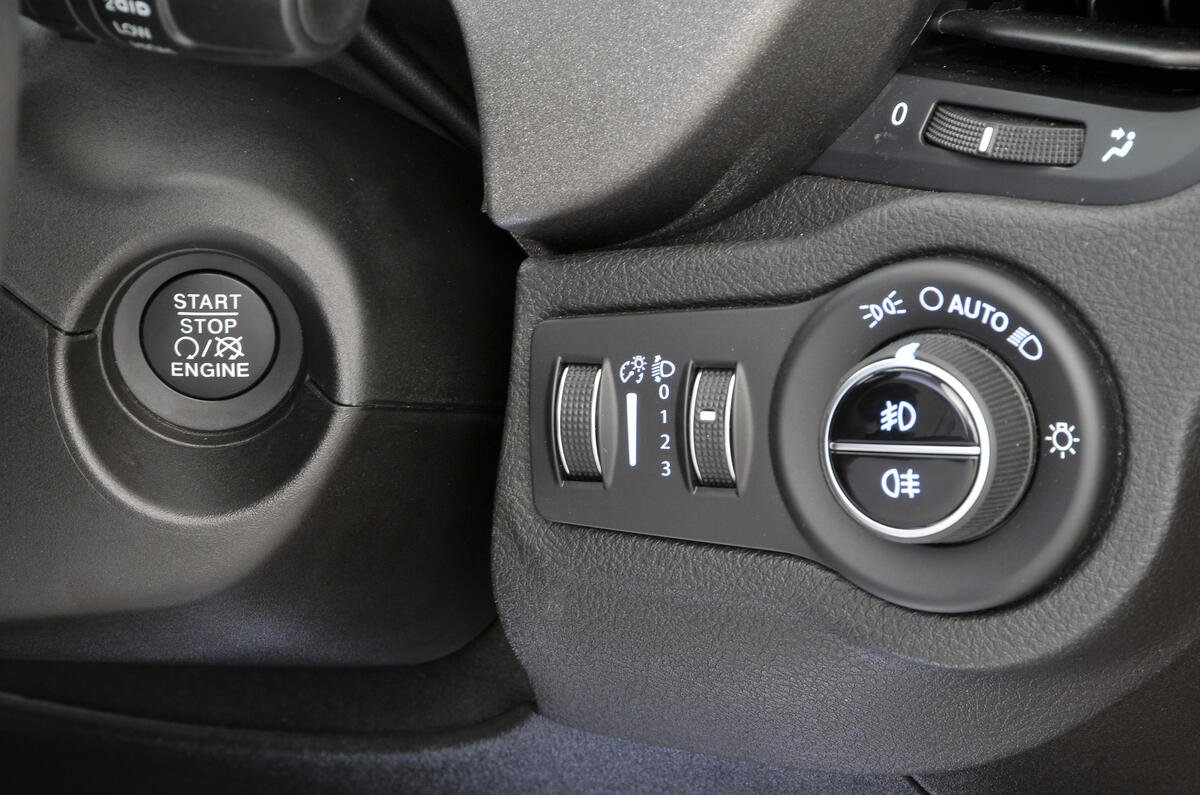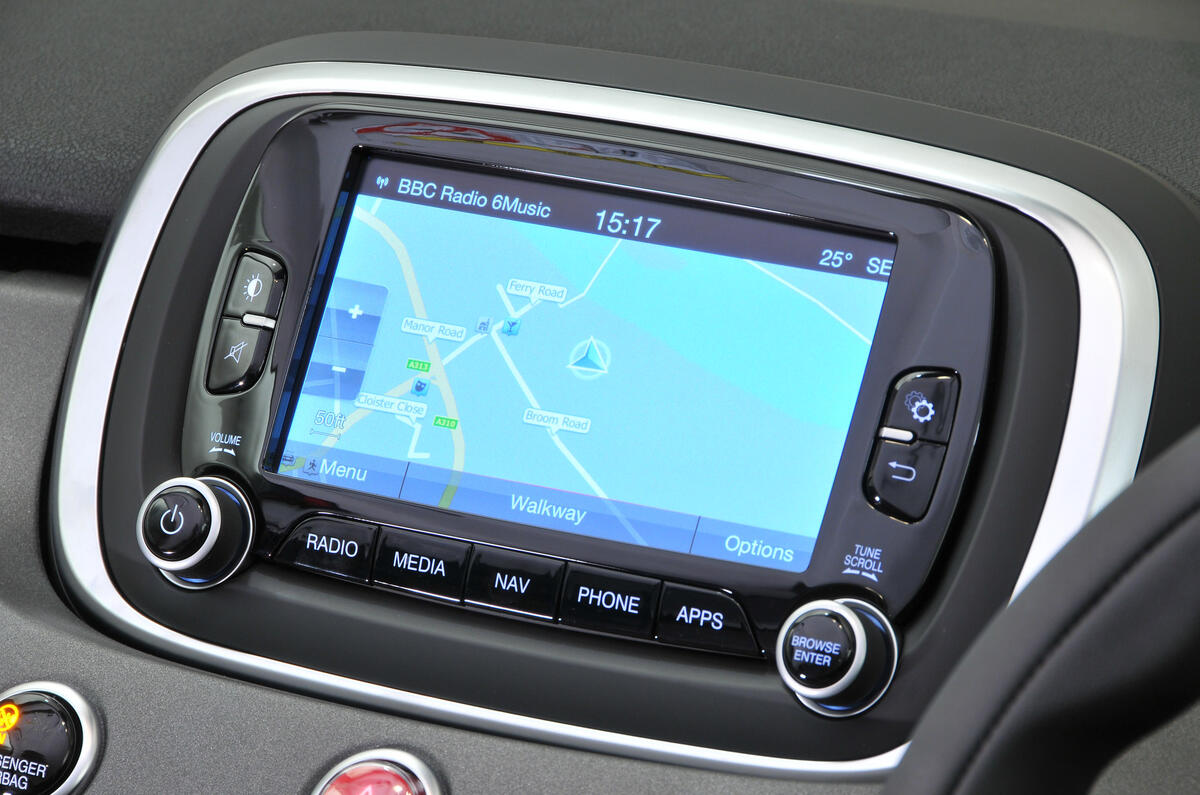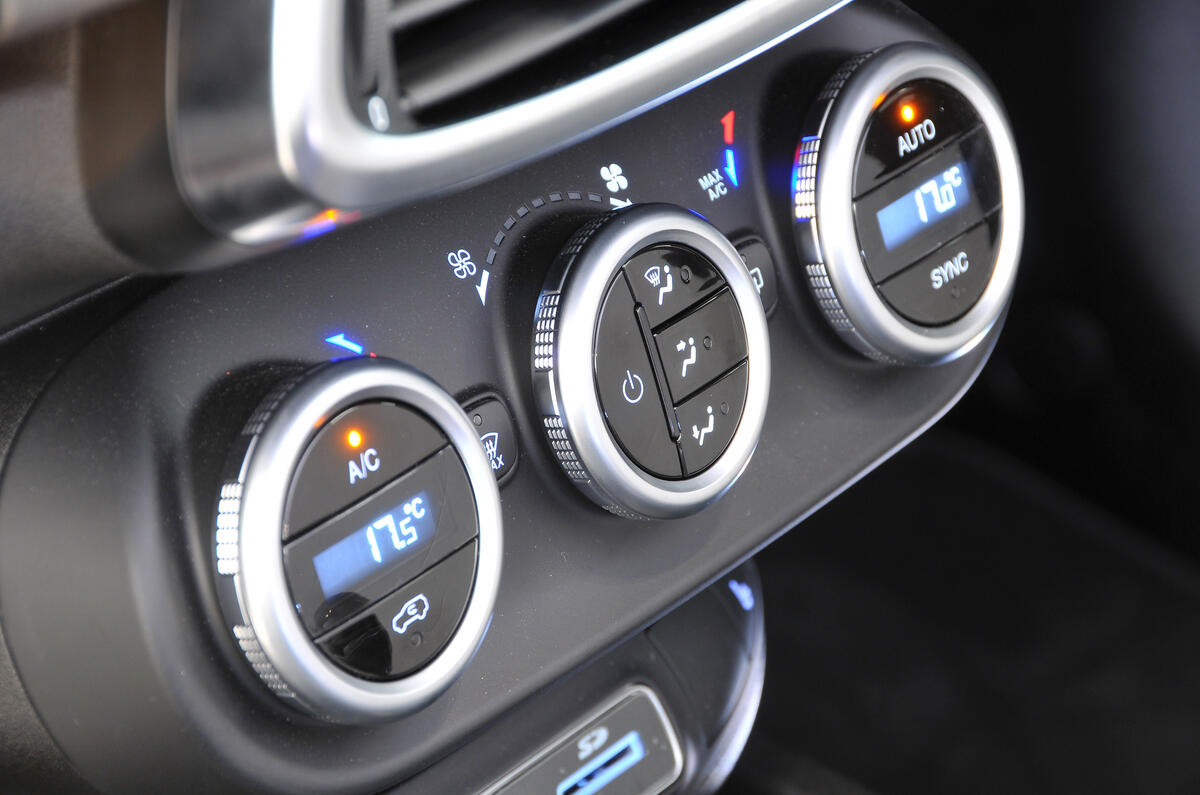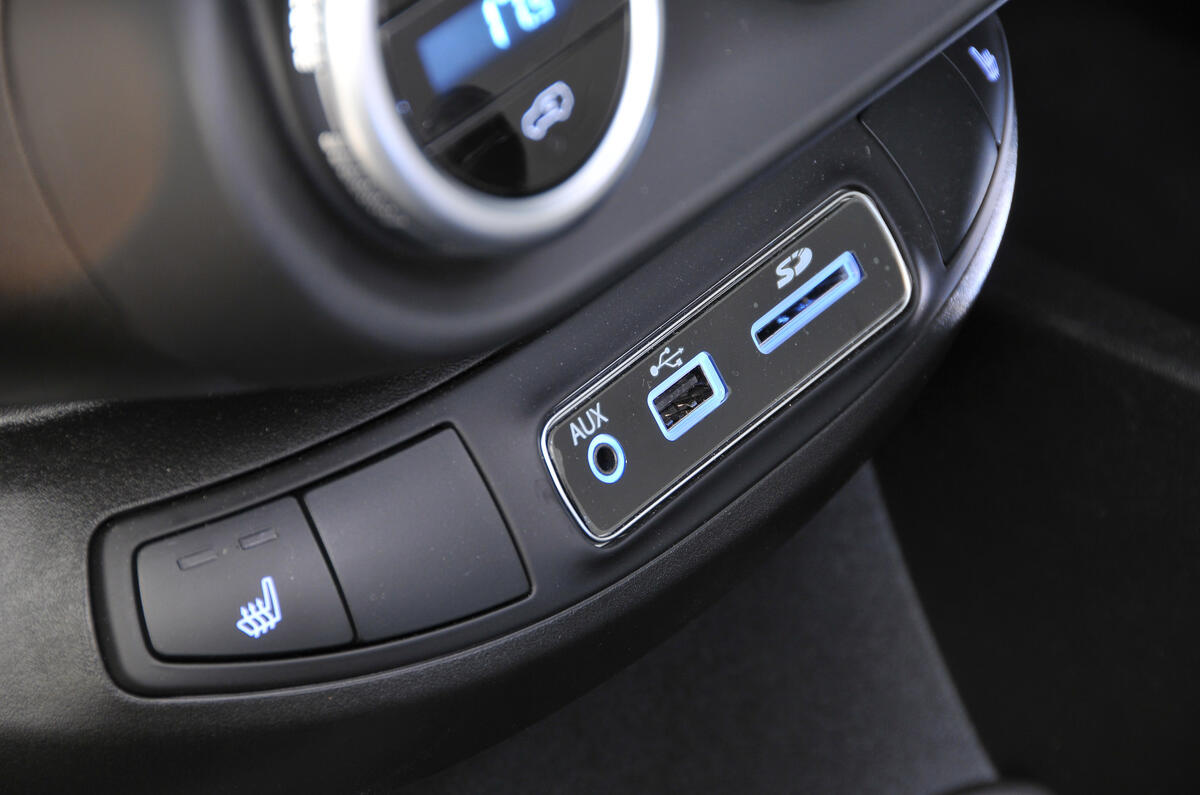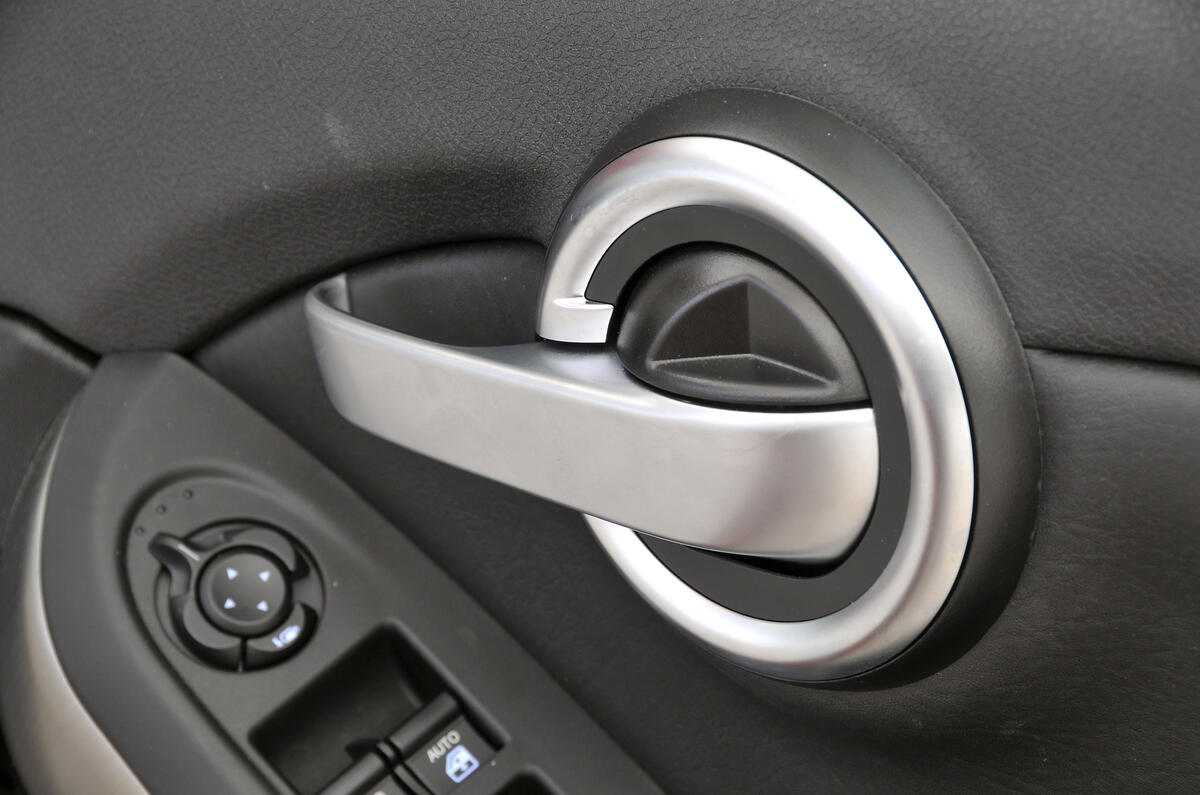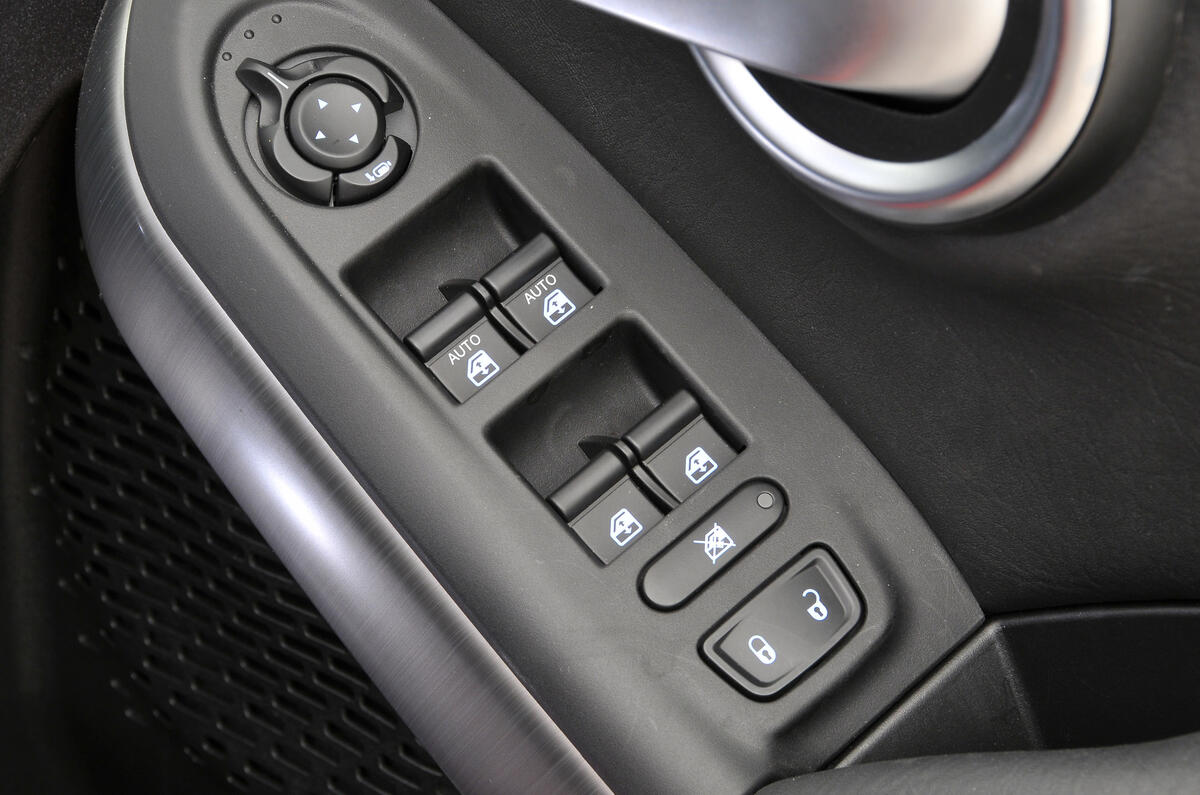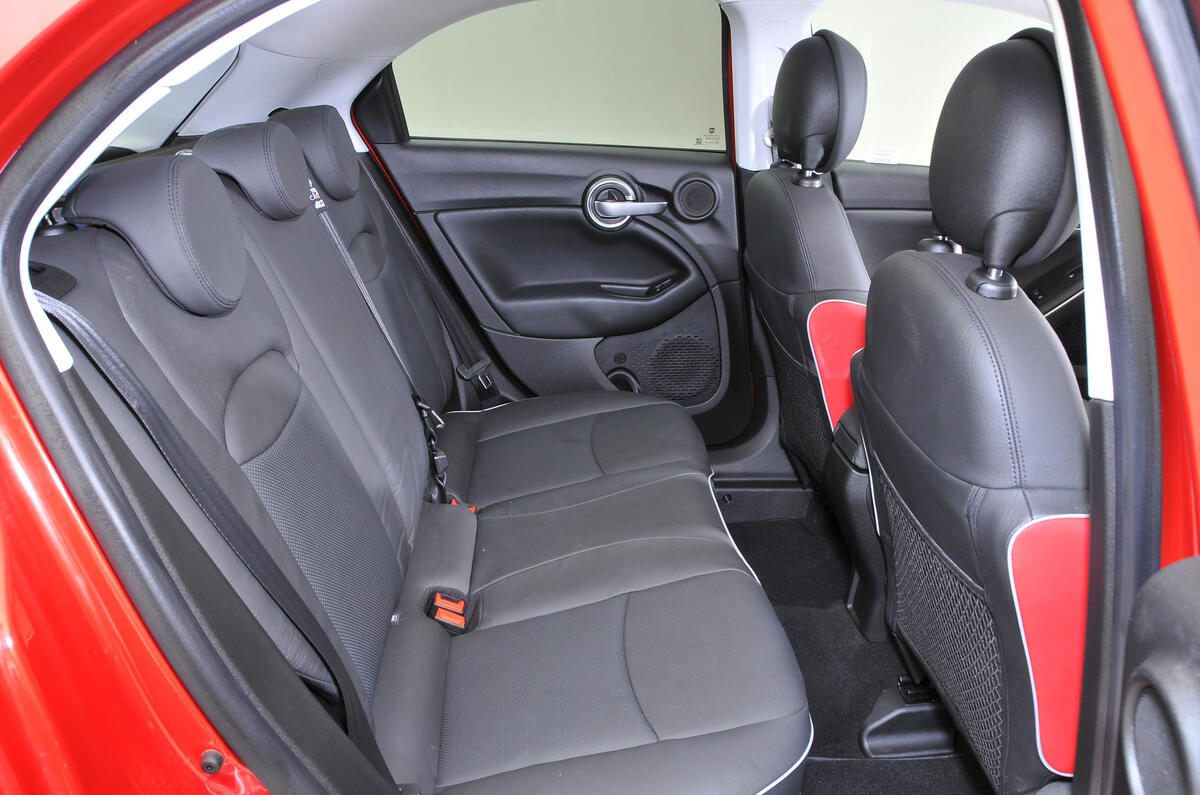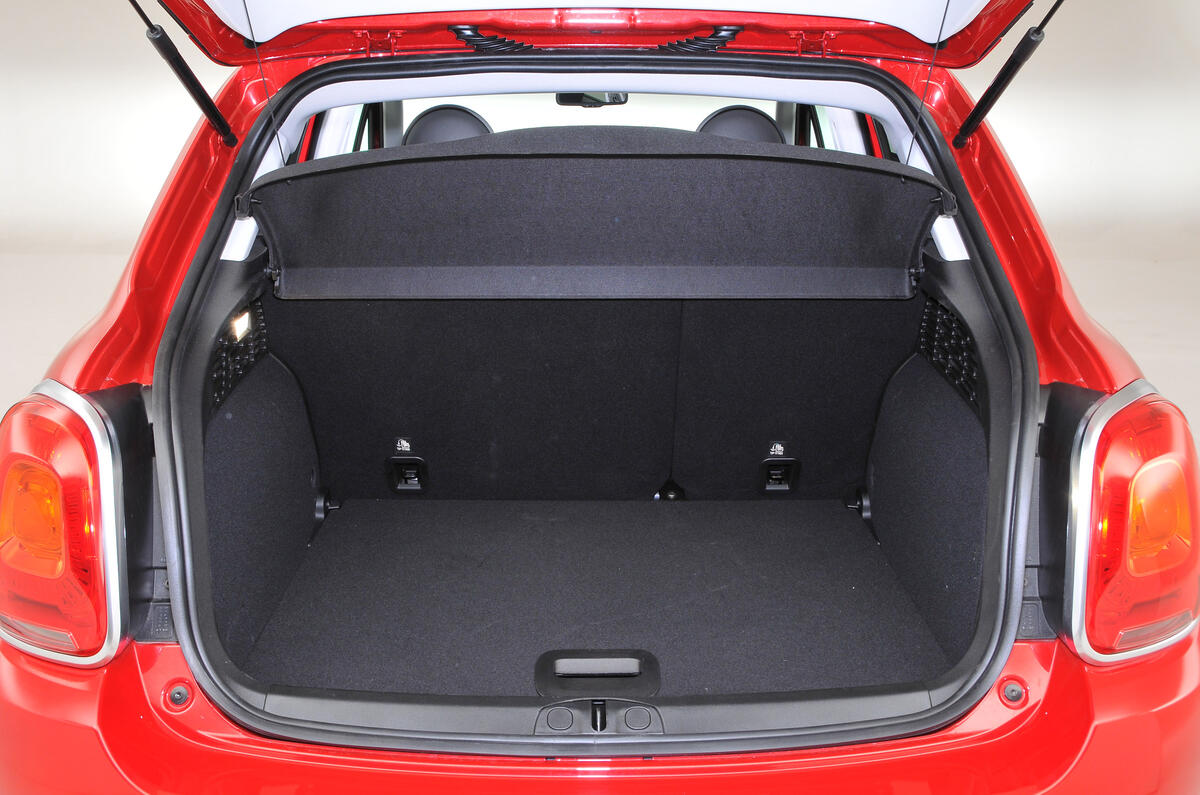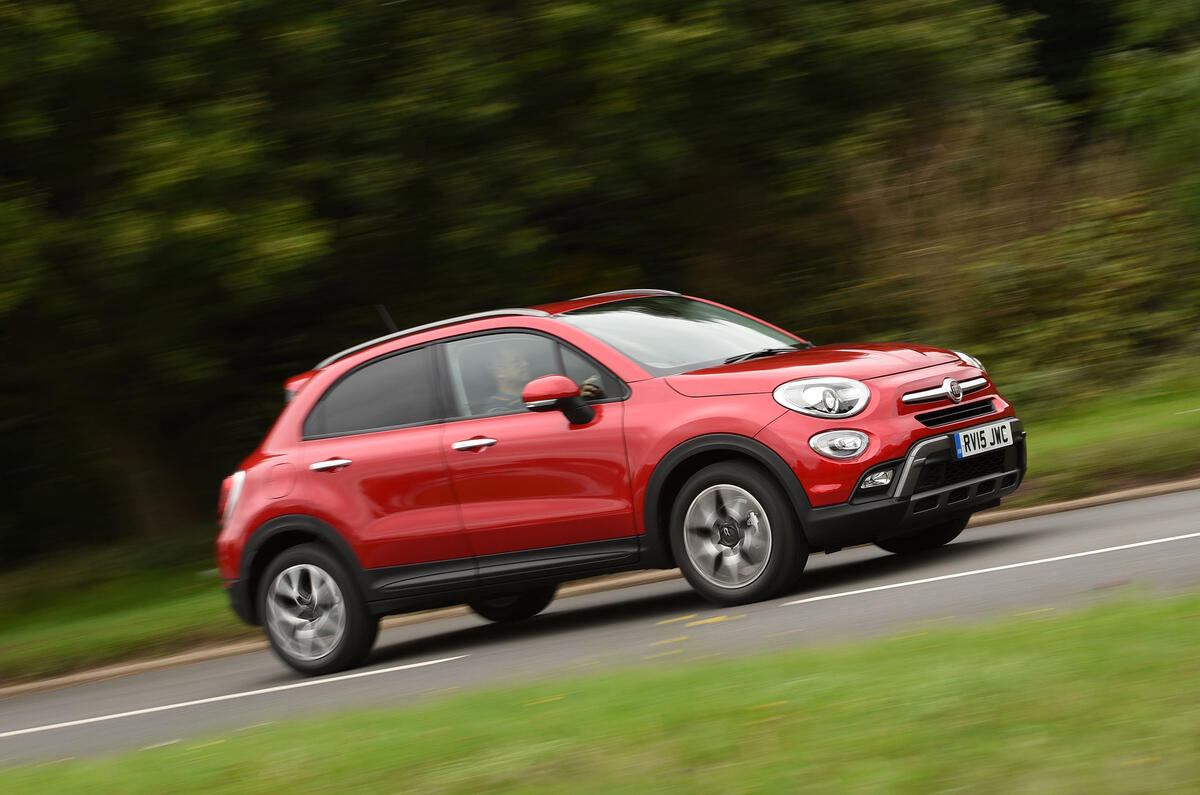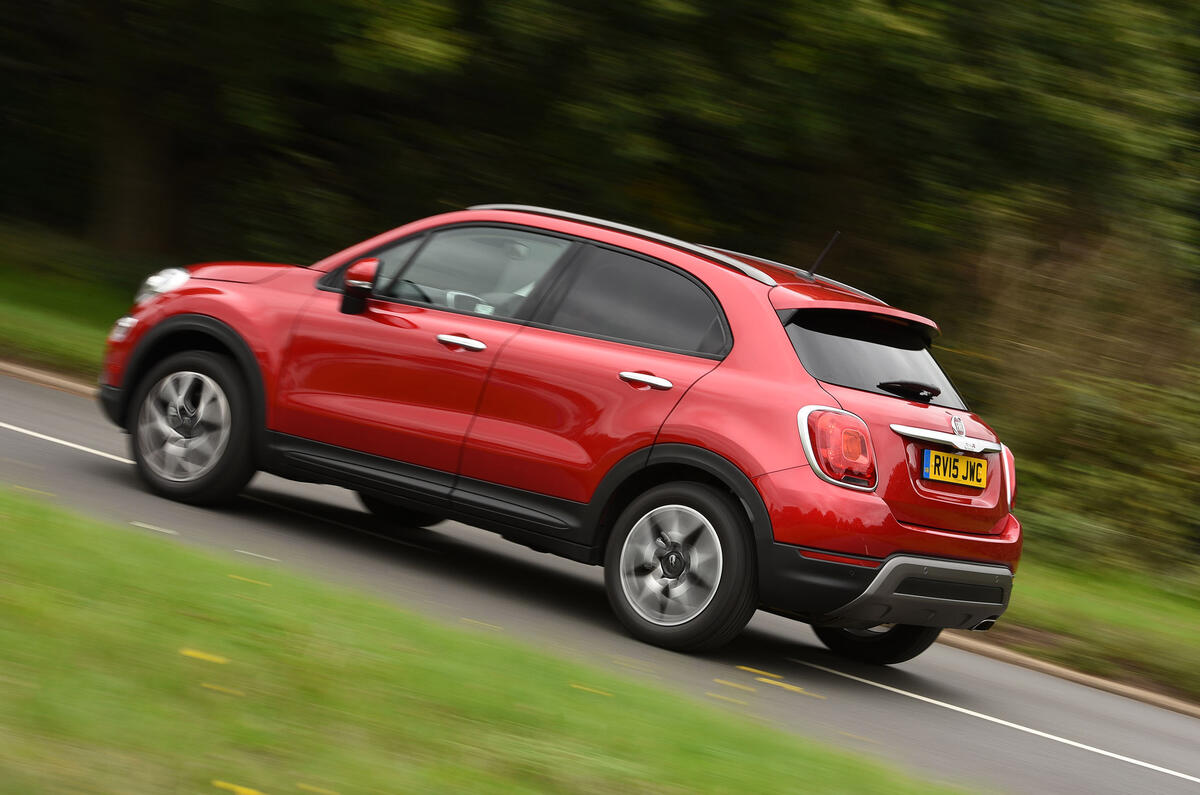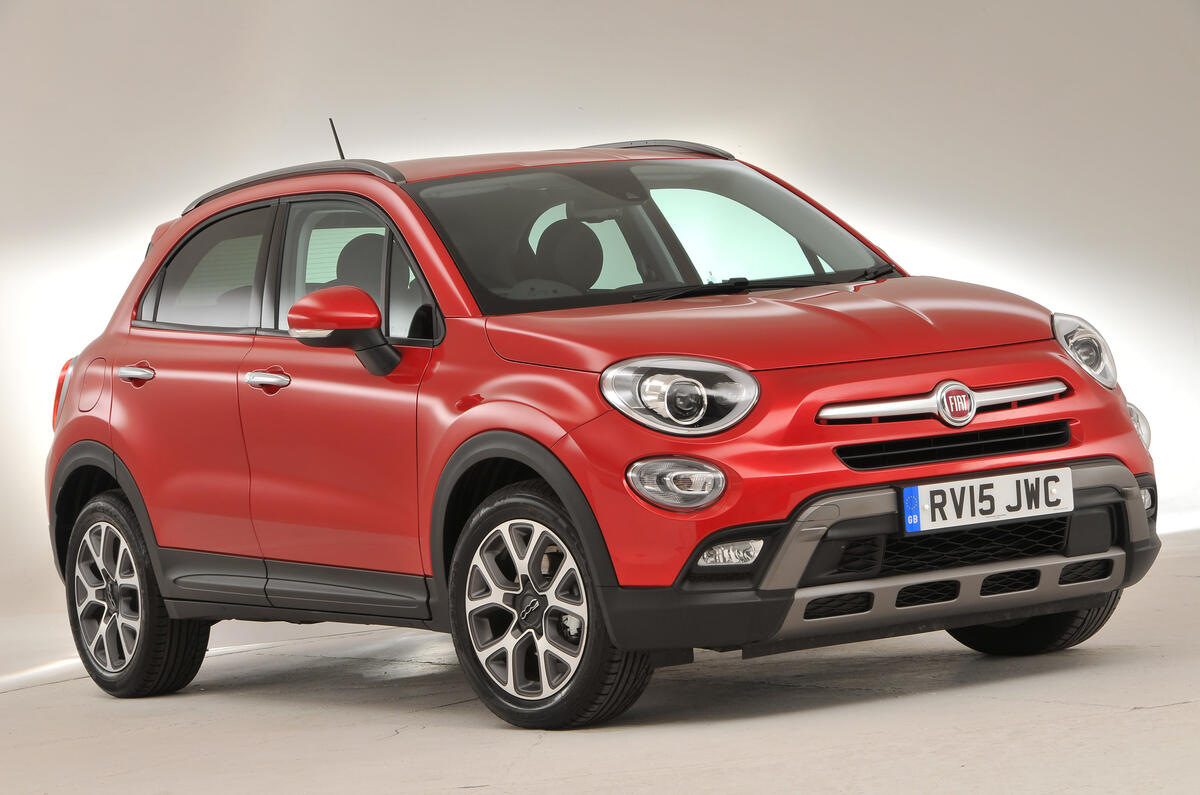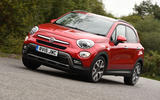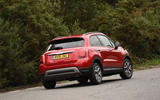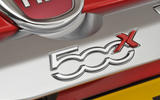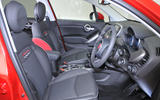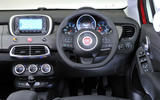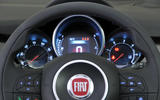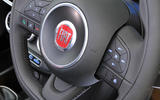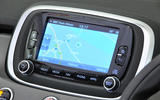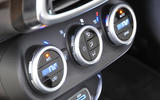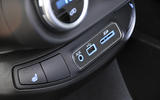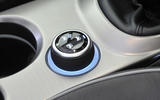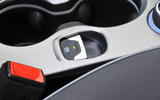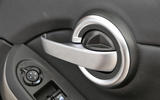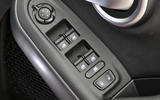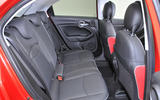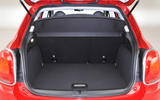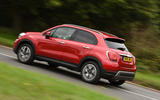The Fiat 500X is a compact crossover extension of the 500 family that's aiming to take the fight to the Nissan Juke, Peugeot 2008, Renault Captur, Vauxhall Mokka and retro compadre the Mini Countryman.
At its heart the 500X shares a platform and mechanical hardware with its cousin, the Jeep Renegade, although the Jeep carries an extra strengthening cross-member to support its potentially more arduous off-roading duties.
Most buyers will choose one of the front-wheel-drive versions, although the Fiat is, nevertheless, available with an on-demand all-wheel-drive system.
The 500X range has been split into two - the City Look (unsurprisingly aimed at the city dweller) and the Off-Road Look (aimed at those who toy with the idea of some light off-road excursions). The difference truly lies with the aesthetics, with the former gaining specially designed bumpers in the Fiat's body colour, body coloured dashboard and only available as front-wheel-drive car. The off-road tweaked 500X gets more rugged bumpers and plastic mouldings, roof rails and a four-wheel-drive system.
The engine range consists of three petrol and diesel engines, including a 138bhp and 168bhp 1.4-litre Turbo MultiAir2 and a 108bhp 1.6-litre e-Torq units, while the oilburner line-up consists of a 94bhp 1.3-litre MultiJet2, 118bhp 1.6-litre MultiJet II, and a 138bhp 2.0-litre MultiJet II.


